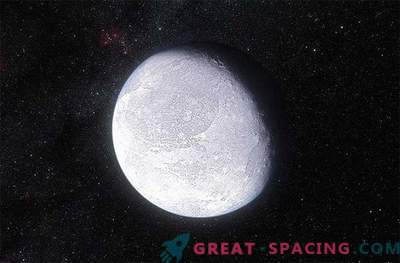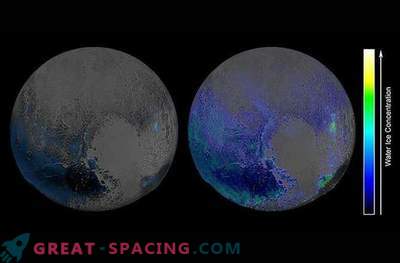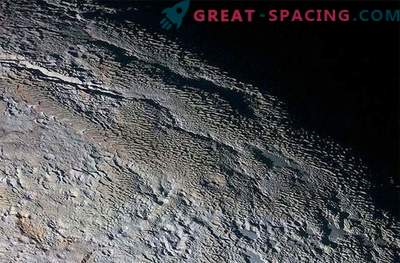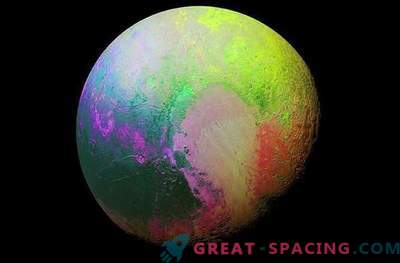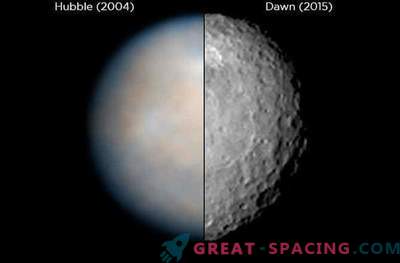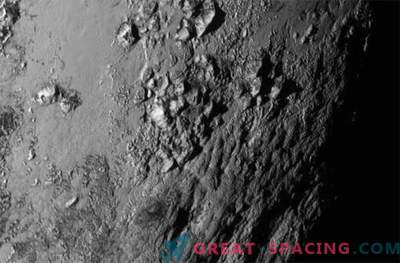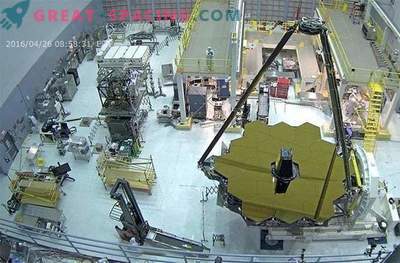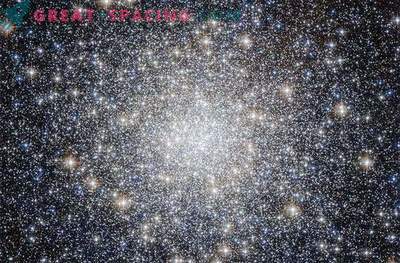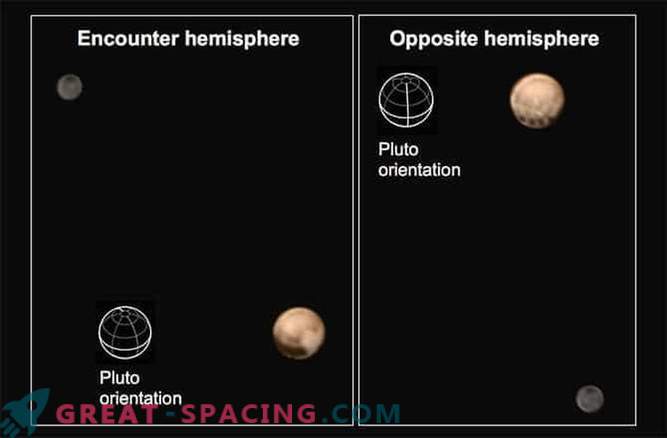
As expected, in mid-July, the New Horizons mission will fly through a system of dwarf satellite planets: Pluto and Charon. And, if the new pictures taken today look fuzzy (compared to similar photos of Mars), then we can say that Pluto itself looks like a dwarf planet, but it also has two very different hemispheres.
One hemisphere is smooth, with large dark landscapes, and the opposite side seems to have a number of peculiar spots covering the equator of Pluto, which is about 480 kilometers in diameter.
Researchers at the New Horizons Institute (Colorado) consider this a real puzzle, because they do not know what kind of stains they are. But at the same time they can not waste time on thorough research of this phenomenon. At this institute, such a sharp difference in colors and images of different sides of Pluto also caused complete bewilderment.

Animation of rotation of Pluto and Charon
Indeed, the color difference becomes more pronounced on each new batch of images. Pluto has a ruddy yellow hue on the one hand, while the other has more in common with our moon. It is worth noting, however, that these are only the very first synthesized images. Therefore, researchers must be patient so that all information can be obtained that allows conclusions to be drawn either about the surface composition or whether Pluto has clouds in a thin exosphere. Another piece of news obtained using an infrared spectrometer from this institute is the frozen methane found on the surface of Pluto. Astronomers have known about the spectroscopic methane residues on Pluto since 1976, but today it is important to study the distribution of these molecules around the entire dwarf planet and find out how this distribution changes over time.
Representatives from the Lowell Observatory in Arizona said that they already knew that there is methane on Pluto, but today the first confirmations have appeared. They noted that they are now interested in whether there are differences in the distribution of ice methane in the one and the other half of Pluto.
A study of the methane content on Pluto will give researchers more clues, for example, about the composition of the nebulae, from which our planets were formed 4, 5 billion years ago. In other words, these chemical discoveries can be the main material for studying the beginning of the formation of planets.
